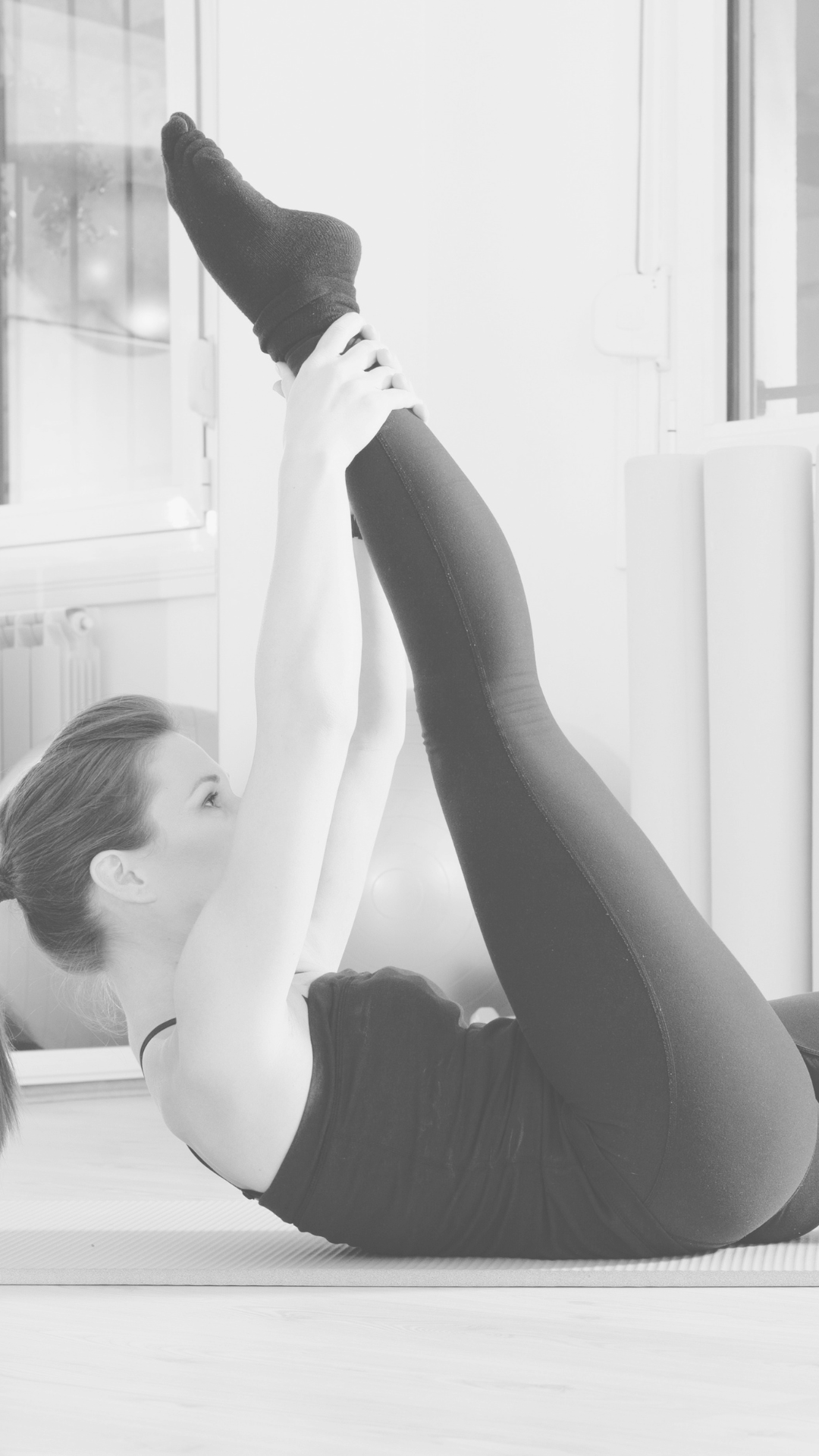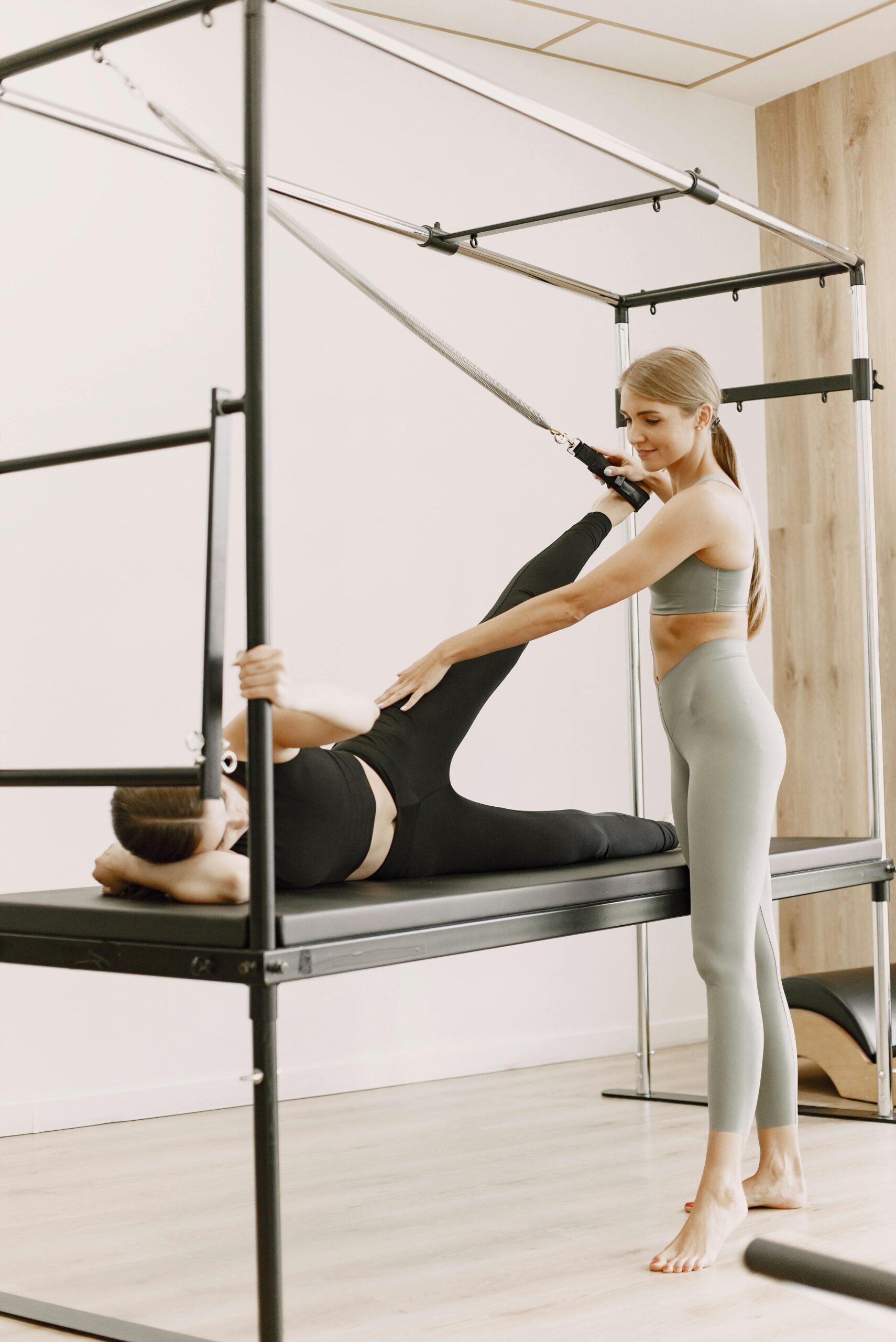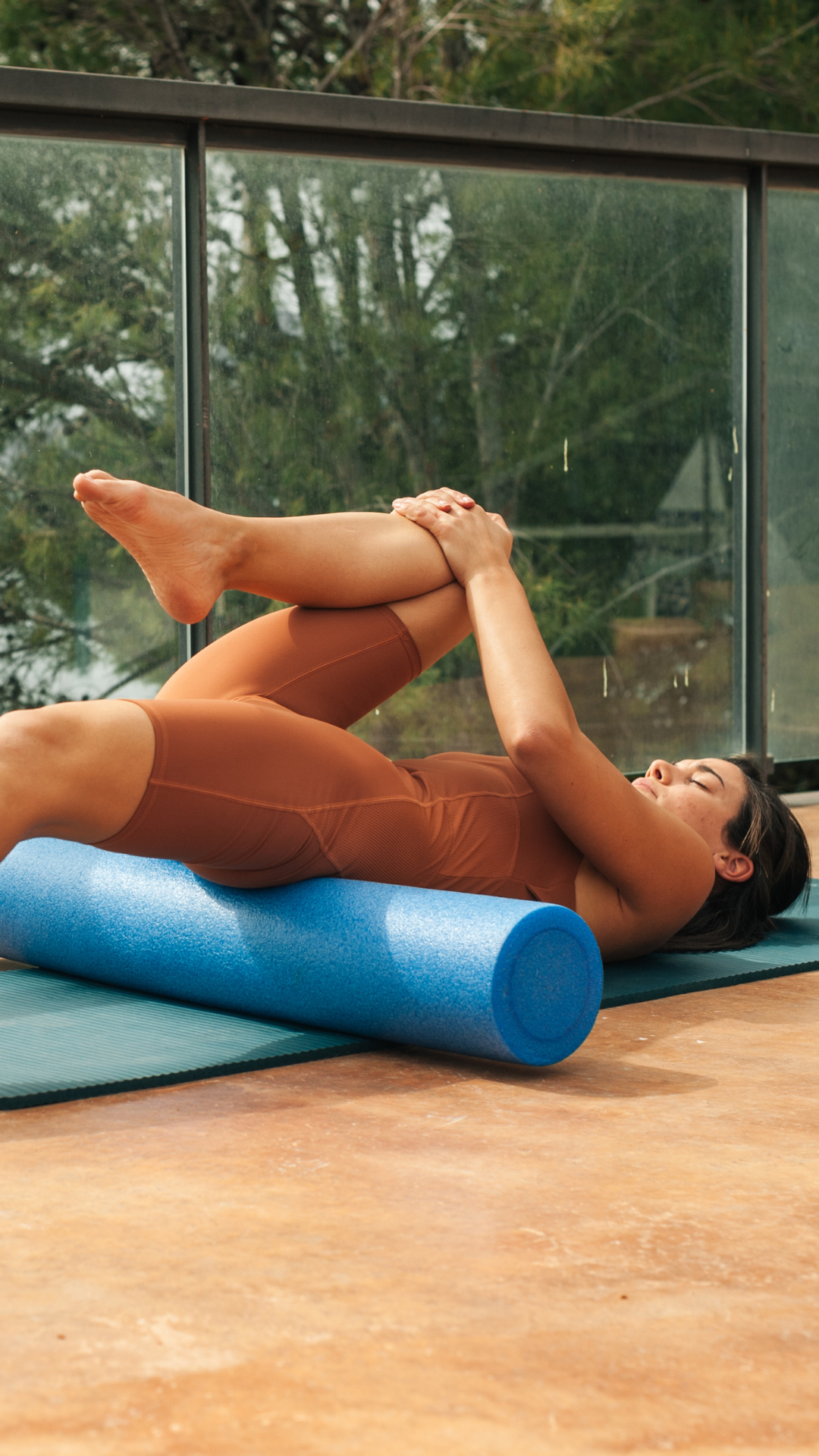Have you ever heard someone’s hip snap or pop? Or maybe you have experienced it in your own body.
Whether you call it snapping, popping, clicking or clunking, it can be alarming when you start to experience this.
When there is muscular imbalance, hypermobility, fatigue, or even a combination, it can lead to what is called Snapping Hip Syndrome.
Snapping Hip Syndrome is often referred to as ‘dancer’s hip’. Dancers move their bodies in extreme ranges of motion involving a lot of hip flexion and lateral rotation, which make them more prone to experience this. While it is most prevalent in dancers, anyone dealing with a muscular imbalance can experience a popping, clicking, or clunking in their hip. Most often the movements that cause the sensation are circular movements or lowering the legs from a raised position or extending the legs away from the body (hip goes from flexed to extended).
What is it?
It is a condition in which you hear a snapping sound or feel a snapping sensation in your hip. It can occur when you walk, run, dance, get up from a chair, or move your leg around, etc. For most people, the condition is a painless annoyance and the only symptom is the snapping sound or sensation. While it is shocking to hear the noise come from your body, you’re not causing any immediate damage. That said, you ideally want to work on correcting the imbalance because your hip repeatedly clicking can go from being a mild annoyance to worsening over time and causing pain & inflammation of the tendons and bursa (the fluid filled sacs that allow muscles to glide smoothly over bone) around your hip.
What causes it?
Snapping hip can occur in different areas of the hip where tendons and muscles slide over different boney structures. There are three main types:
1. Internal *most common in ballet dancers*

Internal hip snapping occurs at the front of the hip and is typically caused when either:
- The iliopsoas tendon slides over a bony protrusion in the front of the pelvis. The iliopsoas is composed of the Iliacus and Psoas Major muscle and functions primarily as a hip flexor. It originates on your lumbar spine, goes over the front of the hip, and inserts onto the top of your femur.

- The rectus femoris (a hip flexor & one of the four quadricep muscles) slides over the rounded femoral head, commonly known as the “ball” of the hip’s ball-and-socket joint.
People with internal snapping hip syndrome may experience: Hip popping accompanied by a sharp, sudden pain at the front of the hip, deep within the groin when the hip goes from a flexed to extended position.
2. External

Located at the outer side of the hip where the iliotibial band (IT-band) passes over the portion of the femur (thighbone) known as the greater trochanter.
When the hip is neutral and the leg is straight, the iliotibial band sits behind the trochanter. When the hip flexes (the leg moves towards the chest), the IT-band moves across the greater trochanter so that it is now in front of it. Because the trochanter juts out slightly, the movement of the IT-band across it creates the snap you hear and feel. It can feel like the hip is dislocating.
External snapping hip syndrome is often associated with pain or tenderness at the outside of the hip where the greater trochanter is, which suggests you may be developing bursitis. Bursitis is the inflammation of a sac filled with fluid that allows the muscle to move smoothly over bone. Often it is very sore to lay on your side when bursitis is present.
3. Intraarticular
This type occurs inside the hip joint due to a tear in the Labrum (the cartilage lining the hip joint). This type of snapping hip may develop suddenly and may be caused by a fall or other trauma. It is often accompanied by a catching sensation and/or a limited range of motion in the hip. When the hip breaks free from being locked up it can cause the snapping feeling and sound, and often times pain.
Treatment may differ with this type of snapping hip. You should always consult with your physician or physical therapist prior to starting a treatment plan or exercise program.
What do I do for Snapping Hips?
As a former dancer who has experienced this myself, I understand the frustration and discomfort that can occur from snapping hips. Unfortunately, there is no quick fix. Chances are the imbalances that led to the hip popping were there for a while, and so it will take time to correct them.
Restore the muscular balance of the lumbopelvic region by addressing the following:
- Hip Stability
- Core Strength
- Hip Flexor Strength
- Glute Strength
- Improve Mobility
Hint Hint* A great Pilates class should address all 5 areas.
Get Started with the Introductory Special
Exercise Tips for Snapping Hips
1. Avoid the movements that cause the popping
Many people ignore the popping and just continue to work through it. I know I did when I was dancing! That will only make it worse. You won’t have to ignore those movements forever. It will be worth it to take a step back, fix the root of the problem, and then you won’t be nervous about moving for fear of your hip popping.
2. Go slow & listen to your body
Chances are the imbalance has been there for a while and it won’t disappear immediately. Keep doing your exercises and it will get better.
3. Start small. Less is more.
As you work on developing stability in your hips, often times you need to start with a smaller range of motion, shorter levers & less rotation, until you have the strength to support a larger range.
4. Add support
Use a ball, band, or a spring to provide support for the leg. This will allow the hip flexors to relax more as they move to a lengthened position, so you don’t get the snapping, while providing feedback for the Glutes to engage more and support the movement.
Pilates can help you incorporate all of these tips into your life and workout routine. If you aren’t sure where to begin, I recommend you get started with the Introductory Special that you can find right HERE.
Welcome Friends
HELLo, I’m Alyssa
Movement is my life! My biggest passion is understanding the human body and I want to share it with you! Coming from a ballet background, I'm no stranger to injuries and the struggles of rehab, but I wouldn't change a thing because they led me to find Pilates and inspired me to do what I'm doing today.
I'm here to help you feel stronger, move better, recover from and reduce your risk of injuries, & exceed your performance goals.
If you love movement, anatomy and you want to laugh & enjoy your workouts, you're in the right place!
Signature program
Heal Your Hips
This is my 9 week program that will rebuild your hip health from inside out. The results speak for themselves - if you're experiencing hip discomfort, this is where to begin.
BEST THE Blog
of
In this post, I break down why a holistic, full-body approach is the key to lasting hip health—and how to start improving your mobility, strength, and comfort today!
Have you ever felt like you were doing an exercise perfectly, but your instructor keeps giving you the same correction? And you get frustrated because in your mind you’re not doing anything wrong? You’re not alone! This happened to me all the time in dance class. My ballet teacher always told me to straighten my […]






+ Show / Hide Comments
Share to: